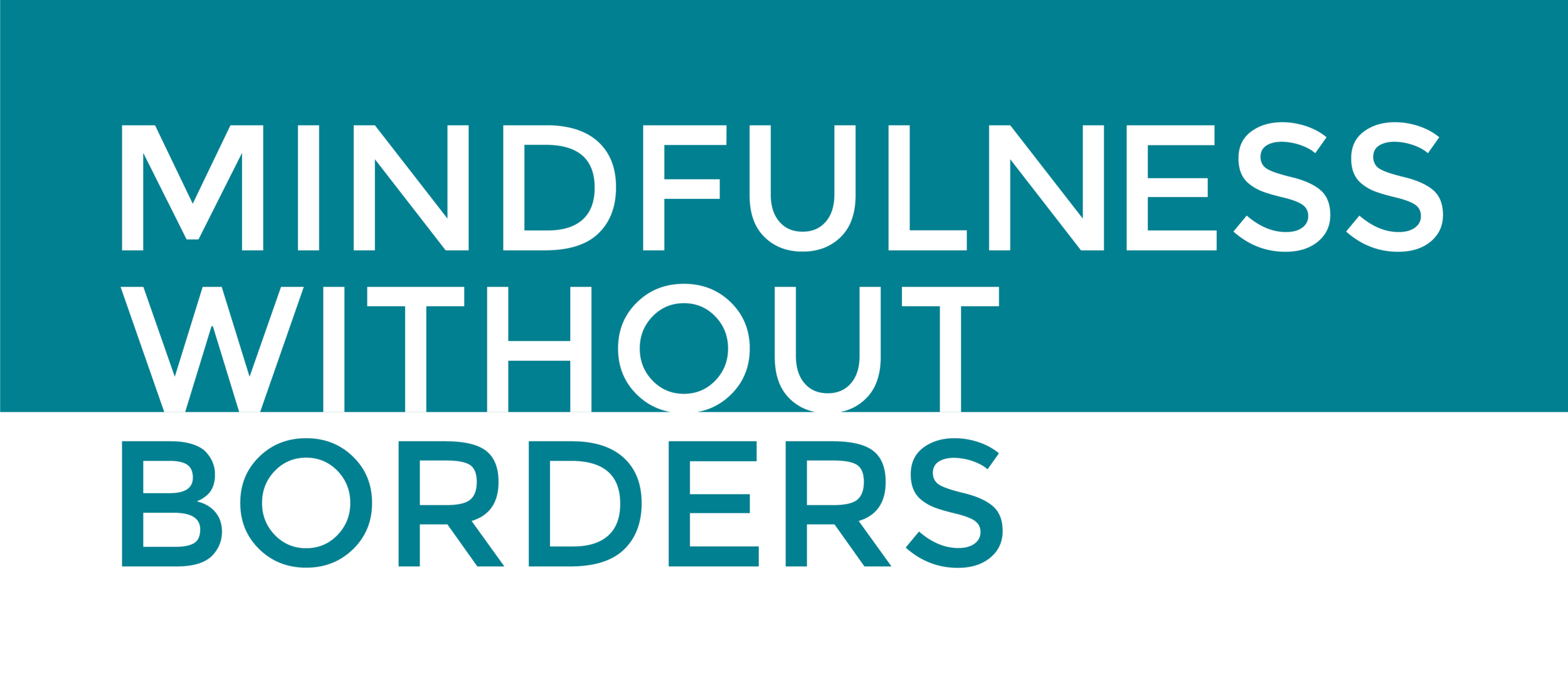Are you stuck in a behaviour you believe is unhealthy? Do you want to make a change, but have trouble getting started?
As a life coach I come across this often. I worked recently with a woman who was trying to decide whether to end an abusive relationship. I employed Motivational Interviewing, a coaching strategy designed to help people follow through with the changes they want to make. She told me later that she wished she had been exposed to this approach much earlier in her marriage. Well-intentioned arguments previously offered by friends and family hadn’t helped her to decide. She had to come around on her own and summon the courage herself – and that’s exactly how Motivational Interviewing works.
Rather than reasoning or informing, a trained coach takes the opposite approach – bringing arguments to the surface that already exist in the mind of the client. M. I. was founded in the 1980’s by William R. Miller and Stephen Rollnick on the principle that clients already possess the knowledge and ability required for change, and will be more empowered to succeed when the motivation and confidence come from within. success of M. I
Here’s a compressed summary of our conversation. (Broad categories of common questions are included in brackets)
(background)
“What brings you here?”
“I’m the mother of a 9 year old daughter, in a marriage that makes me feel frightened and alone. Without warning he becomes enraged, verbally abusive and contemptuous. Afterwards he may be fine for a day or two, until it starts up again.”
“Do you have a goal?”
“I know it’s unhealthy. I need to leave, to escape; but it’s been going on for so long I don’t know if I can. Everyone tells me to get the hell out, but I don’t have the confidence. Or maybe the courage. I just can’t decide.
(Why is change important?)
“On a scale of 1 to 100, how committed are you to leaving the marriage?”
“I’ll say about 80.”
“OK. Fairly high. Why didn’t you choose a lower number?”
“I feel miserable. It’s unhealthy to feel this unhappy and for my daughter to grow up this way. Something has to change.”
“What would it take to move you to a higher number?”
“Well, at this point his abuse is verbal. If it gets physical, I’ll be even more motivated to leave.”
(What matters most to me?)
“Your mental health and physical safety are important. Any other priorities?”
“My confidence and self-respect are taking a beating. I don’t even like myself.”
“Sounds like your confidence is shaken. What did confidence look like when you had it?”
“I used to be full of energy. I travelled on my own, made choices, was decisive.”
“Tell be about other things you value and that are a priority.”
“I want a loving, respectful relationship. For my daughter and I to be able to trust and feel safe.”
“Are you living those values now?”
“No. Not with him, for sure. My best friend and brother are supportive, but otherwise I feel like I’ve given up. Maybe I was naïve to expect something better.”
(Why am I having trouble making change?)
“You’ve shared important hopes for the future. How does your current behaviour fit in with that?”
“That’s just it. I care about those things, but I’m not sure if they’re possible any more.”
“Can you describe how you are thinking, what you’re saying to yourself when you feel unmotivated?”
Sure. I feel weak. Confused. Like what’s the point, I’ll never find anyone better, so why bother trying.”
“Is that an opinion you fully believe?”
“No. Not at all. There’s a part of me that feels disgusted and angry at that defeated part of me.”
“Can you recall how you pictured your future when you were young.”
“I saw myself as a free spirit, a writer, connecting with people and making a difference in the world.”
(In what ways do I want one thing, but do another?)
“What about the part of you that wants to give up. Is there any benefit to thinking that way?”
“I guess I’m trying to protect myself. As if I can avoid feeling defeated by not trying in the first place.”
“How do you feel about that side of yourself?”
“I hate it. It’s the voice of weakness and fear.”
“And is that fear entirely misguided?”
“No. My partner really is frightening. It’s just that doing nothing means I’m frightened every day. I know I can only put fear behind me by leaving him.”
“Sounds like your hesitation has some legitimacy, yet you really want to make a change.”
“I’m pulled in both directions.”
(How do I build myself up to move forward?)
“Let’s explore your hesitancy. On a scale of 1 to 100, how confident are you that if you chose to make the change, you could change?”
“Not very. I’ll say 40.”
“I notice you didn’t say zero. Tell me about a time you made changes in your life. How did you do it?”
“I used to be a no-show for appointments with friends. When I realized how insulting it was, I stopped.”
“That’s a significant change. What strengths helped you succeed back then?”
“First I thought about it. Then I felt embarrassed. I decided to stop feeling like that, started wearing a watch and showing up when I said I would.”
“Would you say you found determination based on a concern for others and a desire to feel better about yourself.”
“Yes. I think that’s true.”
“What qualities enabled you to do it?
“I cared about my friendships and my self-respect. Once I decided, it wasn’t that hard.”
“So you’re capable of being decisive. Can you suggest how you might connect with those sides of yourself now?
“It might help to take small steps. Small decisions. Like being more active with my daughter.”
“What would you gain by that?”
“It would be fun. Also, I want her to connect with a stronger, livelier side of her mother.”
“Is it a step you feel able to take?
“Yes. I love her. I can do that. Leaving him is the problem. That’s where I feel stuck.”
“Tell be about your daughter. How’s she handling her parents’ stress?”
“I’m terrified for her. She tries to be brave but has been having meltdowns more and more lately.”
“That sounds like an important motivation for change.”
“Absolutely. Without her I might have given up long ago.”
“Are there benefits to the way your life is now?”
“Mainly the convenience of having a home and being financially dependent. Making a change is scary.”
“Would you say those are difficult obstacles to overcome?”
“For sure, at the beginning. Its hard to climb out of this rut even though I hate it and know I’ll be much better off when I get away.”
(What are some practical steps I can take?)
“I notice you’re talking now about “when” not “if” you get away. What resources do you already have to overcome your hesitation?”
“Just talking this way is making me more determined. I’ve gotta keep thinking this through like we’re doing now. Then act.”
“Act how? Do what?”
“Maybe call my best friend, Lisa, and my brother to get them onside. Ask for their help.”
What would you ask them to help with?
“It’s going to have to be a sudden separation, well planned in advance. I’ll ask them to help me set up the finances and I’ll need to have a place for my daughter and I to stay.”
“Very practical. Anything else?
“I’ll need help moving all my stuff out.”
“Getting support sounds important. How else can they help?
“I need them to help me think things through. My thoughts go around in circles on my own.”
“What about your own safety, and your daughter’s?”
“That concerns me a lot. I’m already walk on eggshells every day. Anything could happen when we leave, so the getaway will have to be sudden and complete.”
“We’re nearly done for today. How do you feel about what we’ve covered so far?”
“It’s the first bit of confidence I’ve felt in ages.”
Lovely. What are your goals between now and our next session?”
“I want to research housing online and get a better understanding of my financial situation. Before we meet next week I’ll talk with my brother and Lisa and hear what they have to say.”
This is just a summary. The actual coaching session delved at greater length into each of these topics. Two further sessions were needed before she and her daughter did safely leave their abusive situation.
ABOUT THE AUTHOR
Mike MacConnell, founder of Reflective Mediation, is an accredited family mediator, conflict coach, educator and author. He is the highest-ranked mediator on Google in the greater Toronto area, with over 180 5-star reviews. To book your free consultation click here.




















